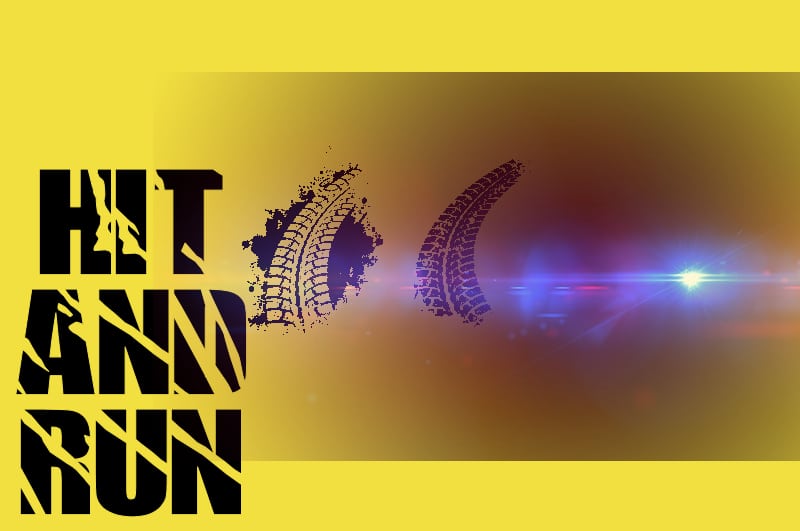When you’ve been in an automobile accident and it was somebody else’s fault, that other person is generally legally responsible for your injuries. In other words, the driver who caused the accident will typically be liable for your medical bills, repairs to your automobile, wages you lose because of your injuries, and other damages.
Of course, most people don’t have the cash on hand to pay for medical expenses associated with a serious injury. That’s why Massachusetts law, like the laws of most other states, requires drivers to carry liability insurance. New Hampshire is unique in that the state does not require drivers to purchase automobile insurance unless they fall into one of a few specific high-risk categories, such as having a drunk driving conviction.
Still, about 90% of New Hampshire drivers do carry automobile insurance. In fact, the rate of coverage in New Hampshire is higher than the rates in several other states that do require coverage.
But, the protection widespread liability insurance provides to accident victims falls apart in a hit-and-run accident. Even if liability is clear based on evidence at the scene, eyewitness testimony, or other evidence, a driver who can’t be identified can’t be held responsible.
Still, there are steps you can take to protect yourself and your right to compensation if you are in an accident with a hit-and-run driver.
First Steps after the Hit and Run Accident
What you do in the immediate aftermath of a hit and run accident can impact both your health and your ability to recover compensation for some or all of your medical expenses and other damages. Here are some basic steps:
- If you are able, collect any evidence available. This may mean writing down a description of the car and the driver, capturing all or part of the license plate number, or gathering contact information from any witnesses to the accident.
- Call an ambulance, if necessary. Even if emergency medical treatment is not required, have a doctor assess you as soon as possible after the accident—it’s a good safety measure for both your health and your potential claim.
- Call the police immediately and make a full report, including any information you have about the other driver.
- Contact your own automobile insurance company to discuss coverages that may apply, including bodily injury coverage and uninsured motorist coverage.
In a best-case scenario, the police will identify your hit-and-run driver, and the driver will either have adequate insurance coverage to compensate you for your injuries or will have assets that can be seized to satisfy a judgment in a personal injury case.
However, if that doesn’t happen, your own automobile insurance may offer the best option available to you. In this situation, the amount of coverage you chose to purchase will likely determine the compensation available to you.
Massachusetts law requires drivers to purchase uninsured motorist coverage, and New Hampshire law requires the coverage if liability insurance is purchased. But, the minimum coverages required are quite low, and would be unlikely to cover medical expenses after even a moderate injury. So, if you’re injured by a hit-and-run driver or an uninsured driver, the money you saved on premiums by minimizing coverage may carry a much higher cost.
In short, gathering information as you are able after a hit-and-run accident and making a prompt report to the police increases the likelihood that police will identify the driver and you will be able to pursue compensation from the responsible party. If that doesn’t happen, you may be reliant on your own uninsured motorist coverage.
If you’ve been the victim of a hit and run, you owe it to yourself and your family to consult an experienced personal injury attorney. You can schedule a free consultation with attorney Kevin J. Broderick, who represents personal injury victims in both Massachusetts and New Hampshire, by calling 978-459-3085 or filling out the contact form on this site.

